Pressure Vessel Heat Exchanger have become one of the most popular and preferred choices in industries where high heat transfer efficiency is paramount. Their design and functionality make them particularly effective in applications where large amounts of heat need to be transferred between two fluids under different temperature conditions. The structure of plate heat exchangers, combined with their material properties and operational advantages, explains why they outperform many other heat exchanger types, such as shell and tube heat exchangers, in terms of heat transfer efficiency.
One of the primary reasons plate heat exchangers are favored for high heat transfer efficiency is due to the large surface area they offer. A plate heat exchanger consists of a series of thin, corrugated plates that are stacked together to form channels through which the fluids flow. The corrugation of these plates increases the surface area available for heat exchange, allowing for more effective heat transfer between the fluids. The greater the surface area, the more heat can be transferred between the fluids, which directly improves the overall efficiency of the heat exchange process. This is a significant advantage in industries where maximizing the heat transfer rate is crucial.
In addition to the increased surface area, the flow dynamics within a plate heat exchanger also contribute to its high efficiency. The corrugated plate design causes the fluids to flow in a highly turbulent manner. The turbulence disrupts the development of a boundary layer, which typically forms when a fluid flows over a smooth surface. This boundary layer can act as insulation, reducing the heat transfer rate. By promoting turbulence, plate heat exchangers prevent the formation of this insulating layer, thereby enhancing the transfer of heat from one fluid to the other. This results in more efficient heat exchange compared to other designs where the flow is more laminar, like in shell and tube heat exchangers.
Another factor that contributes to the efficiency of plate heat exchangers is their compact size. Compared to other heat exchangers that require large spaces for installation, plate heat exchangers achieve a high heat transfer rate in a relatively small footprint. This is especially beneficial in industries where space is limited or when there is a need for a compact, efficient system. Despite the smaller size, the high surface area and turbulence in the flow allow plate heat exchangers to handle large flow rates and maintain high performance, making them an excellent choice when both space and efficiency are important considerations.
The ease of maintenance and flexibility of plate heat exchangers also make them an attractive option. Since they are made up of individual plates, the entire unit can be disassembled, allowing for easy cleaning and maintenance. This is particularly important in industries where the heat exchanger needs to be regularly cleaned to maintain performance, such as in the food processing or pharmaceutical sectors. The ability to disassemble and clean the plates ensures that the heat exchanger continues to operate at its highest efficiency. The modular nature of plate heat exchangers means that they can be expanded or modified by adding or removing plates, which provides flexibility to accommodate varying operational demands or increased heat transfer requirements without the need for a complete system overhaul.


 English
English русский
русский عربى
عربى

.jpg)
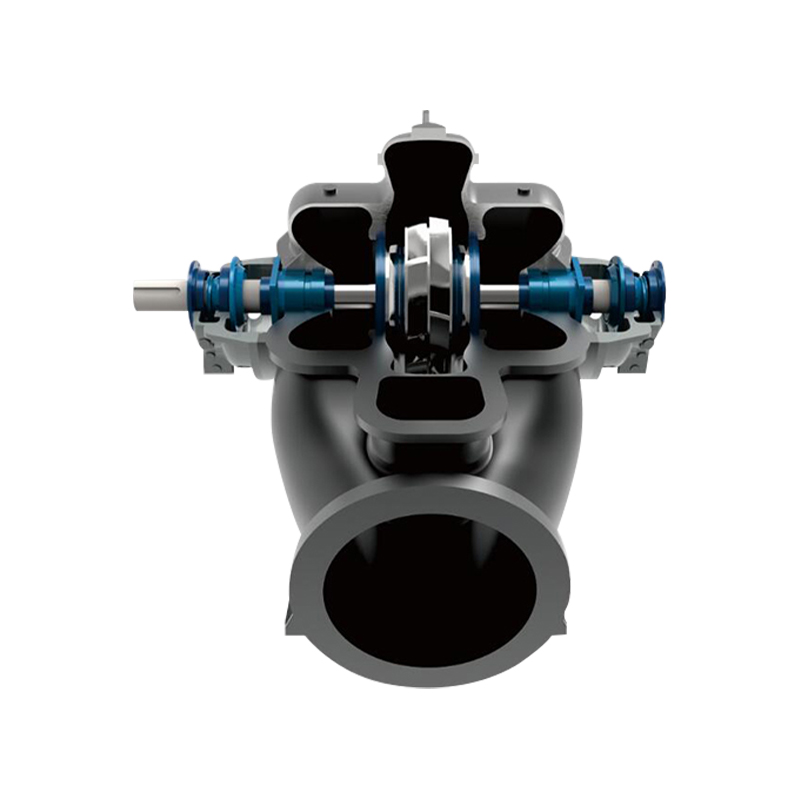
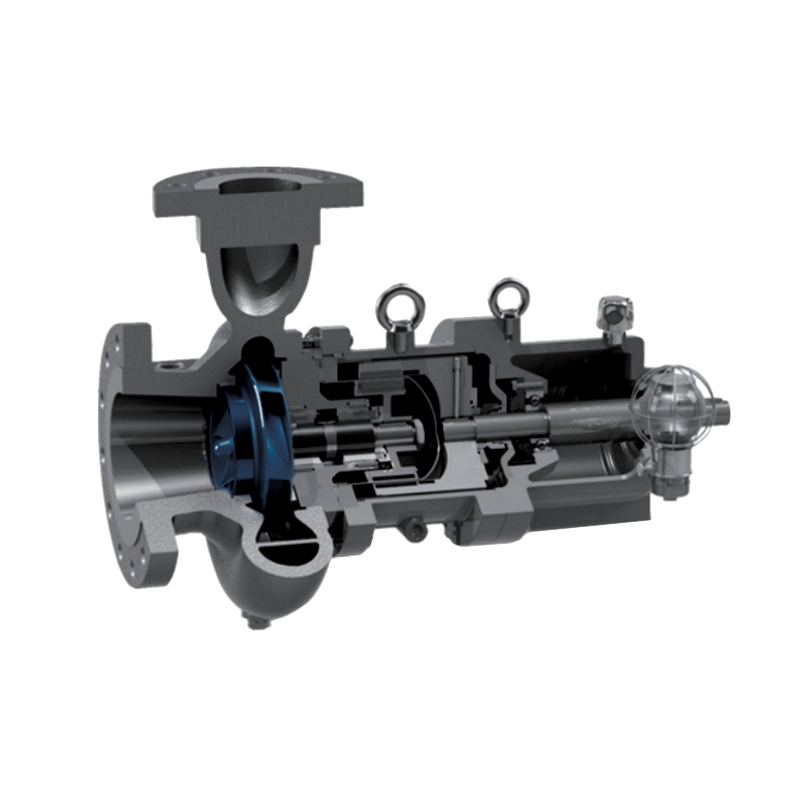
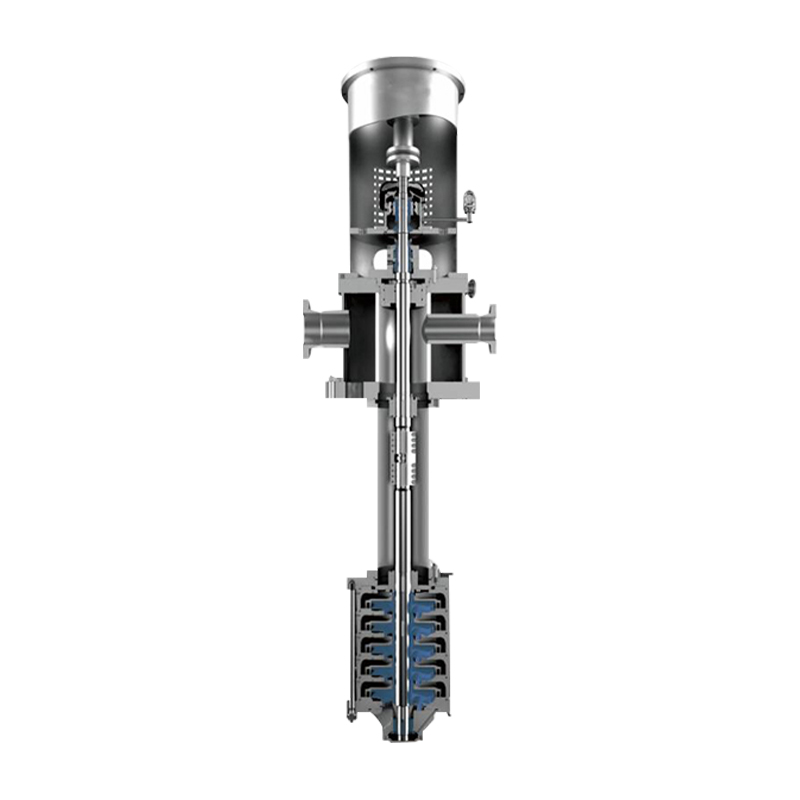
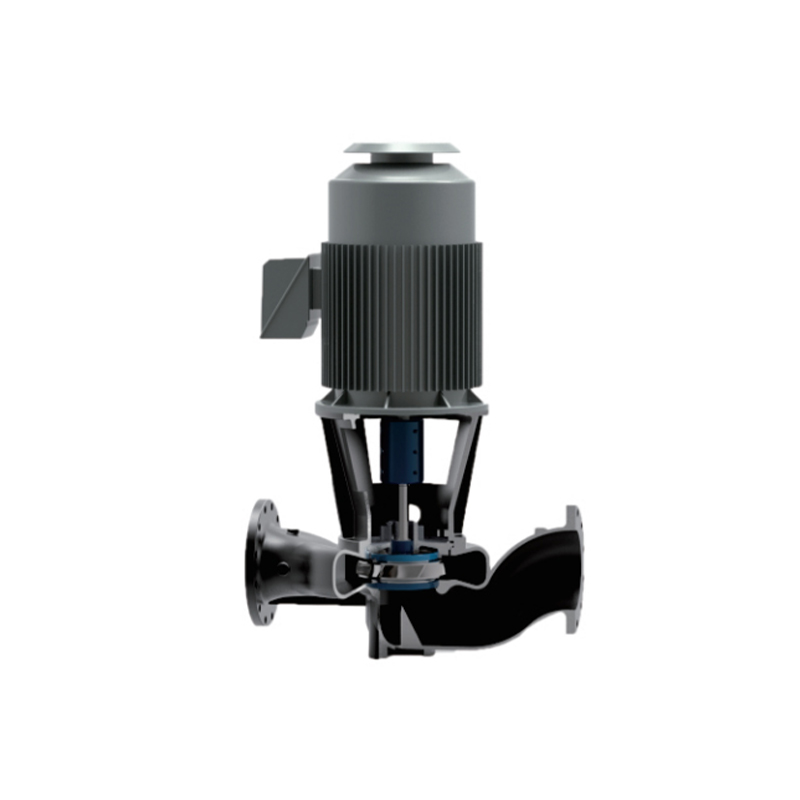
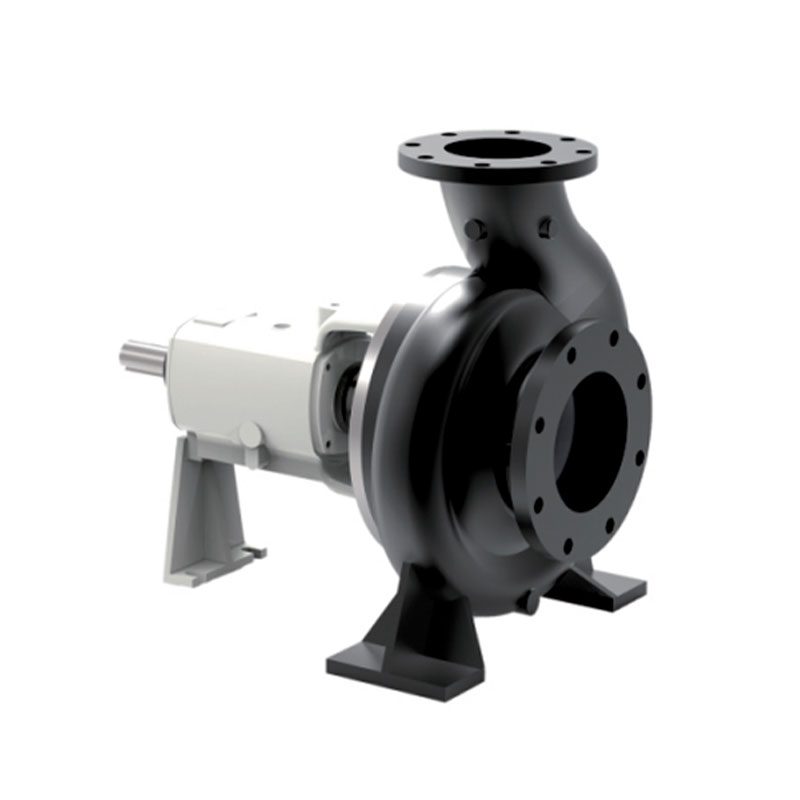
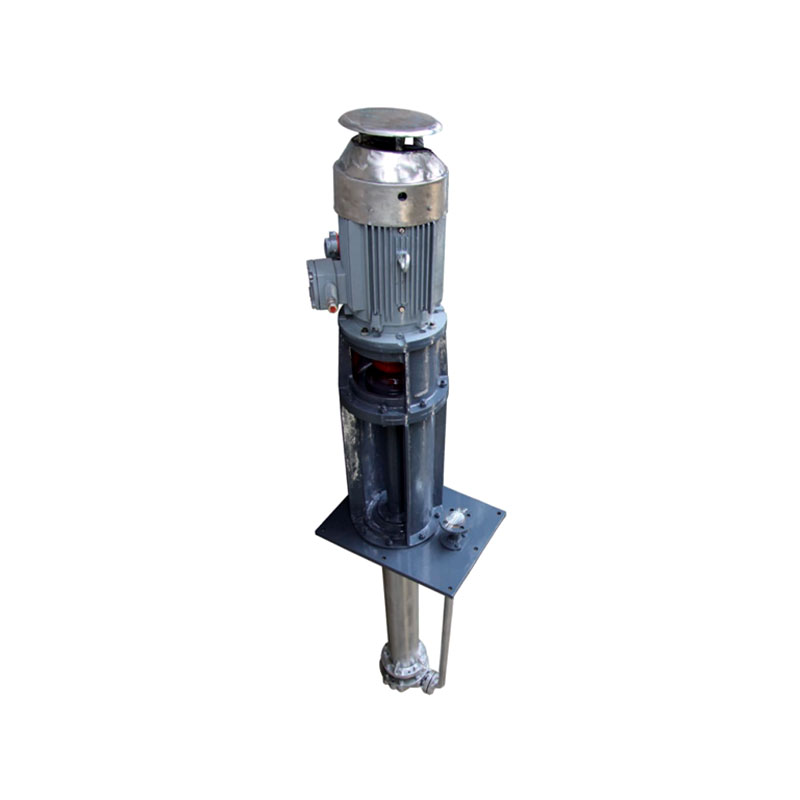
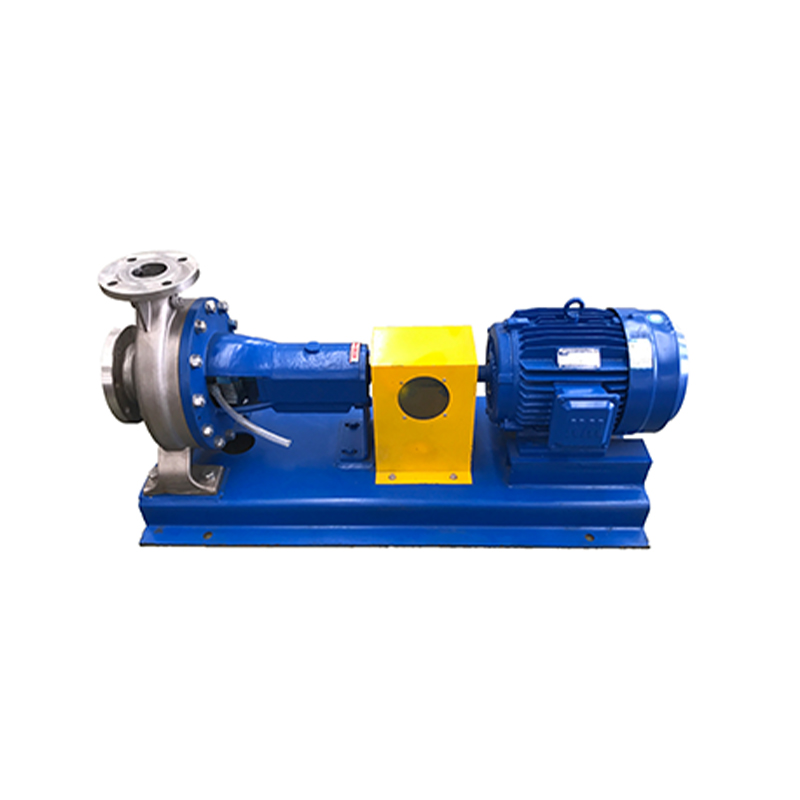

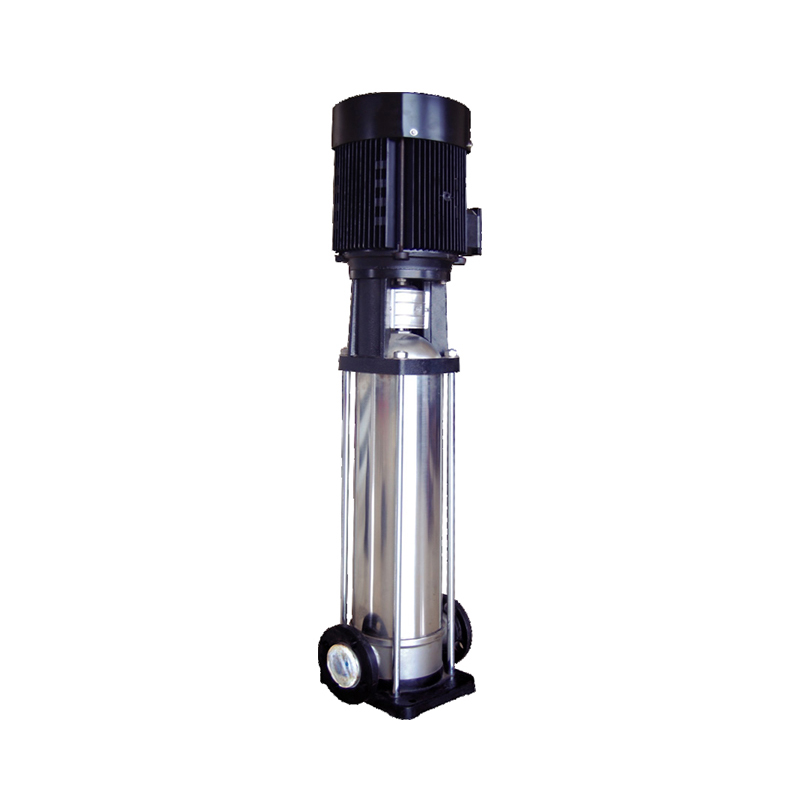






 ENG
ENG

 TOP
TOP